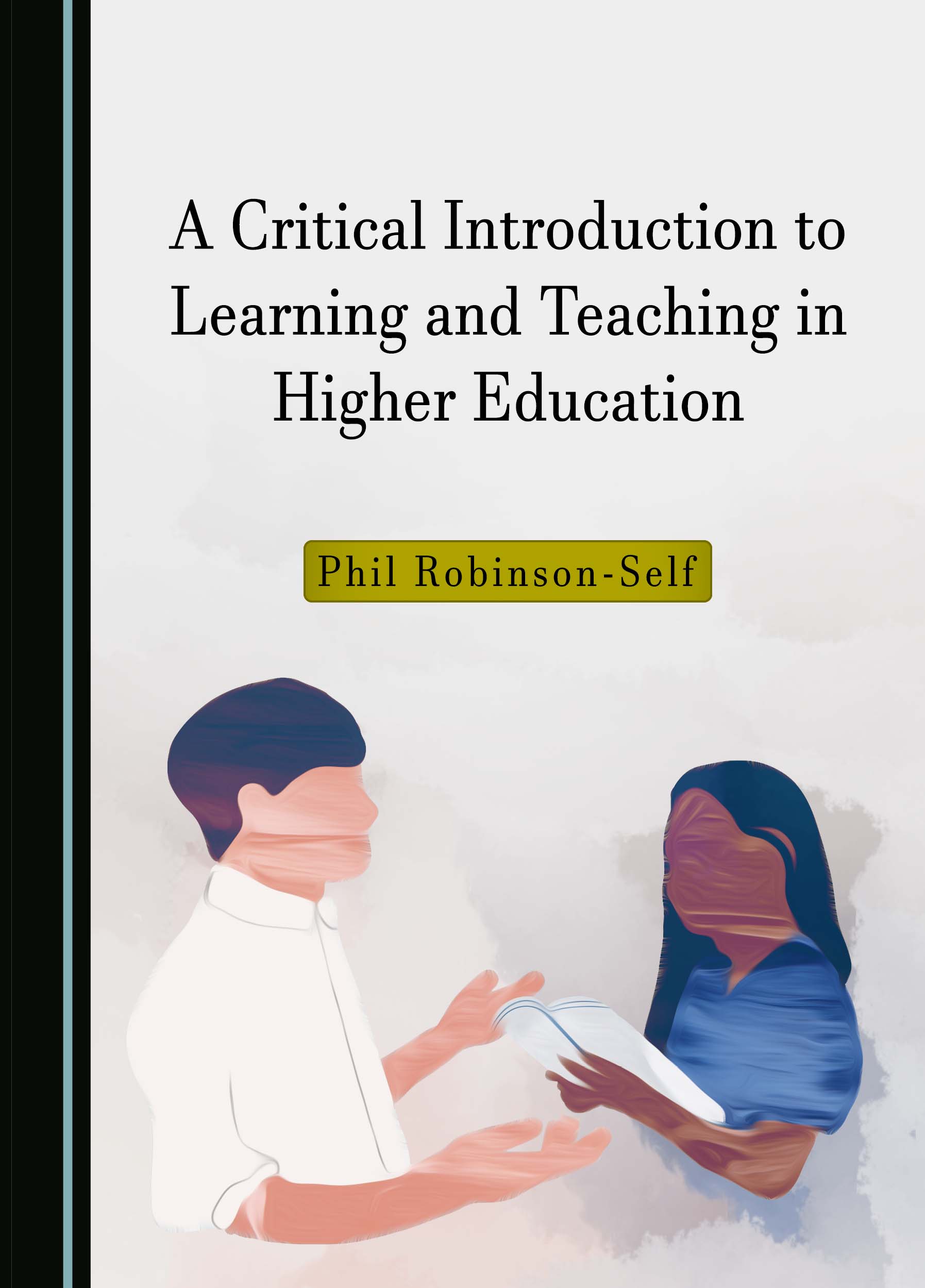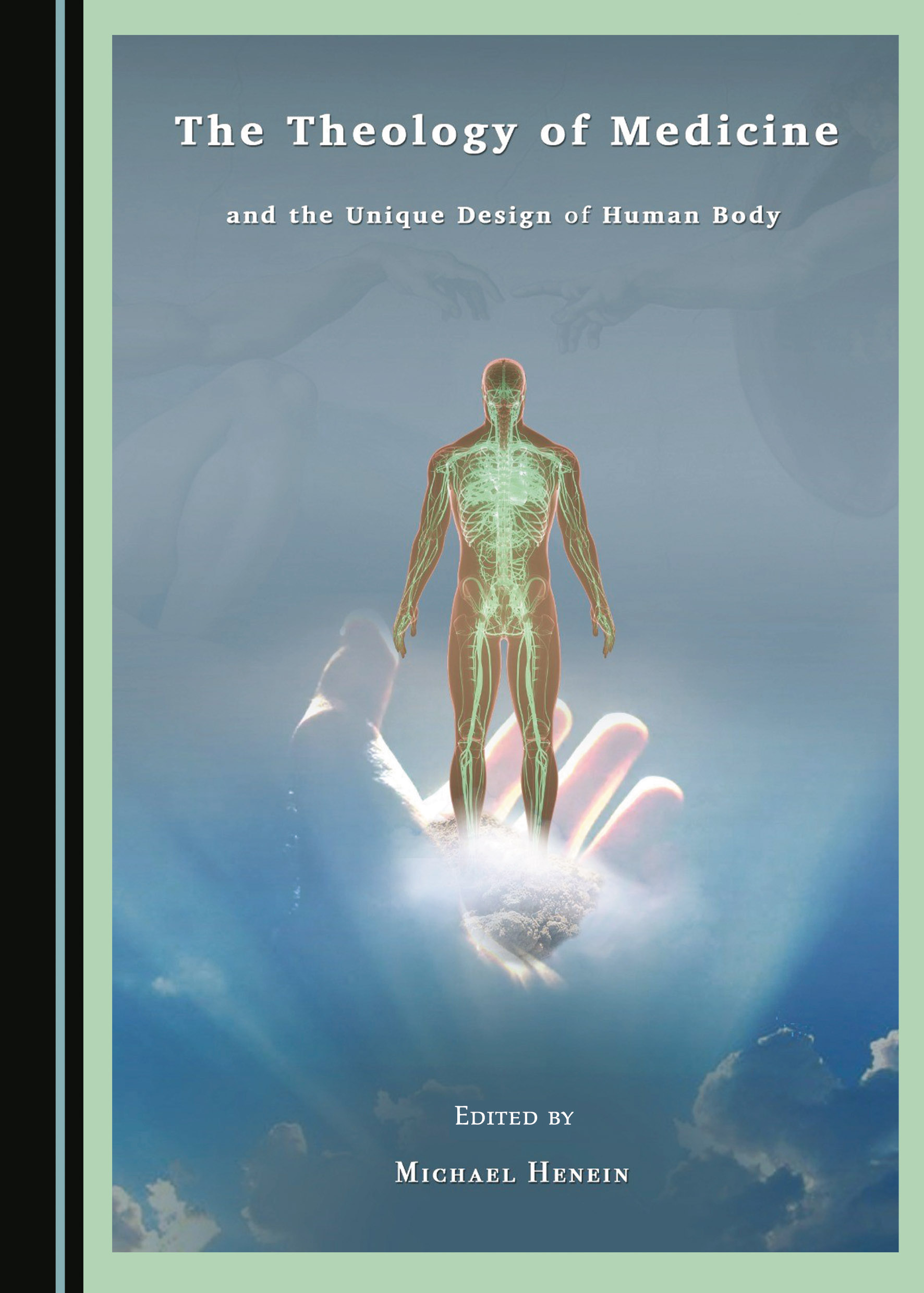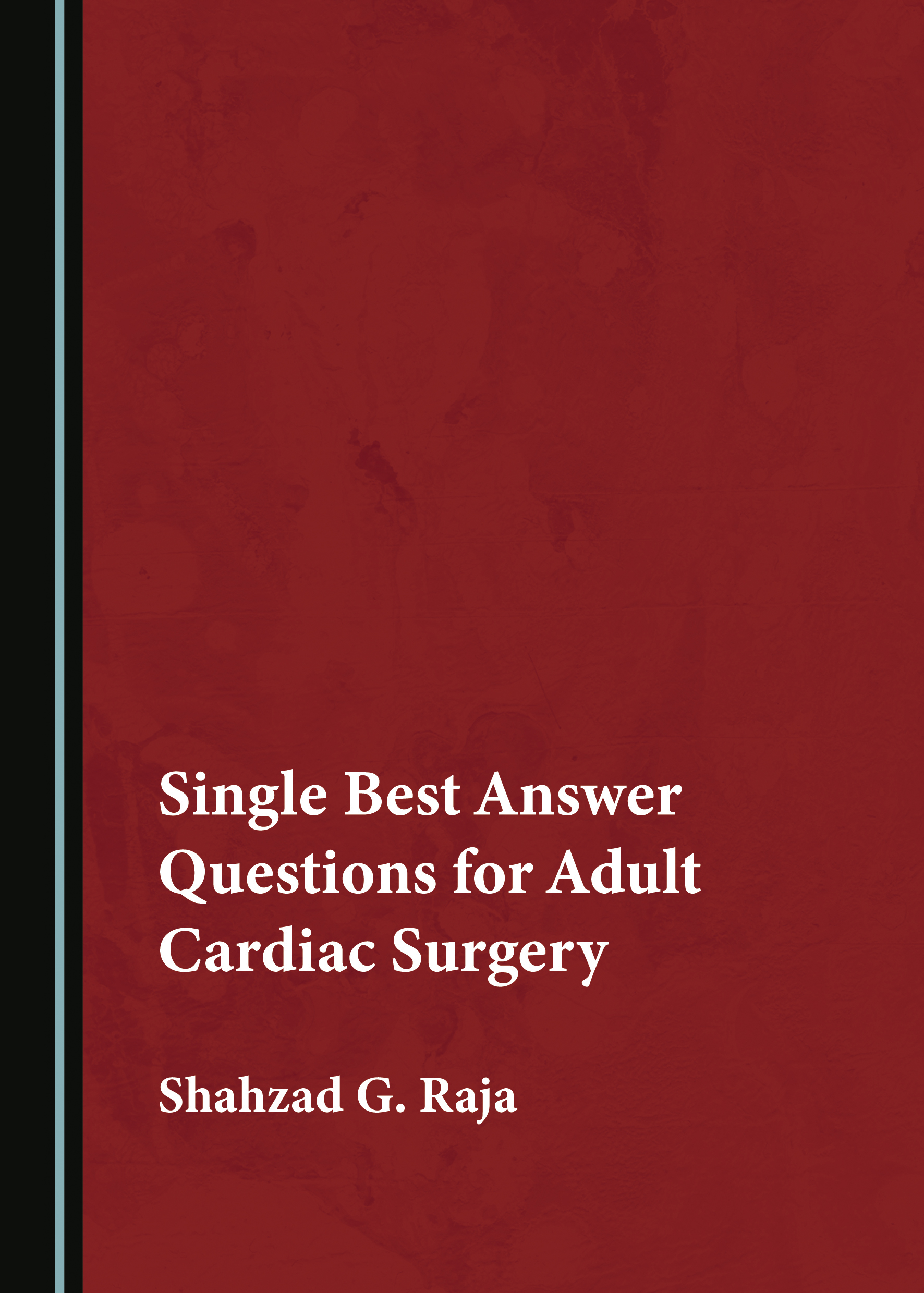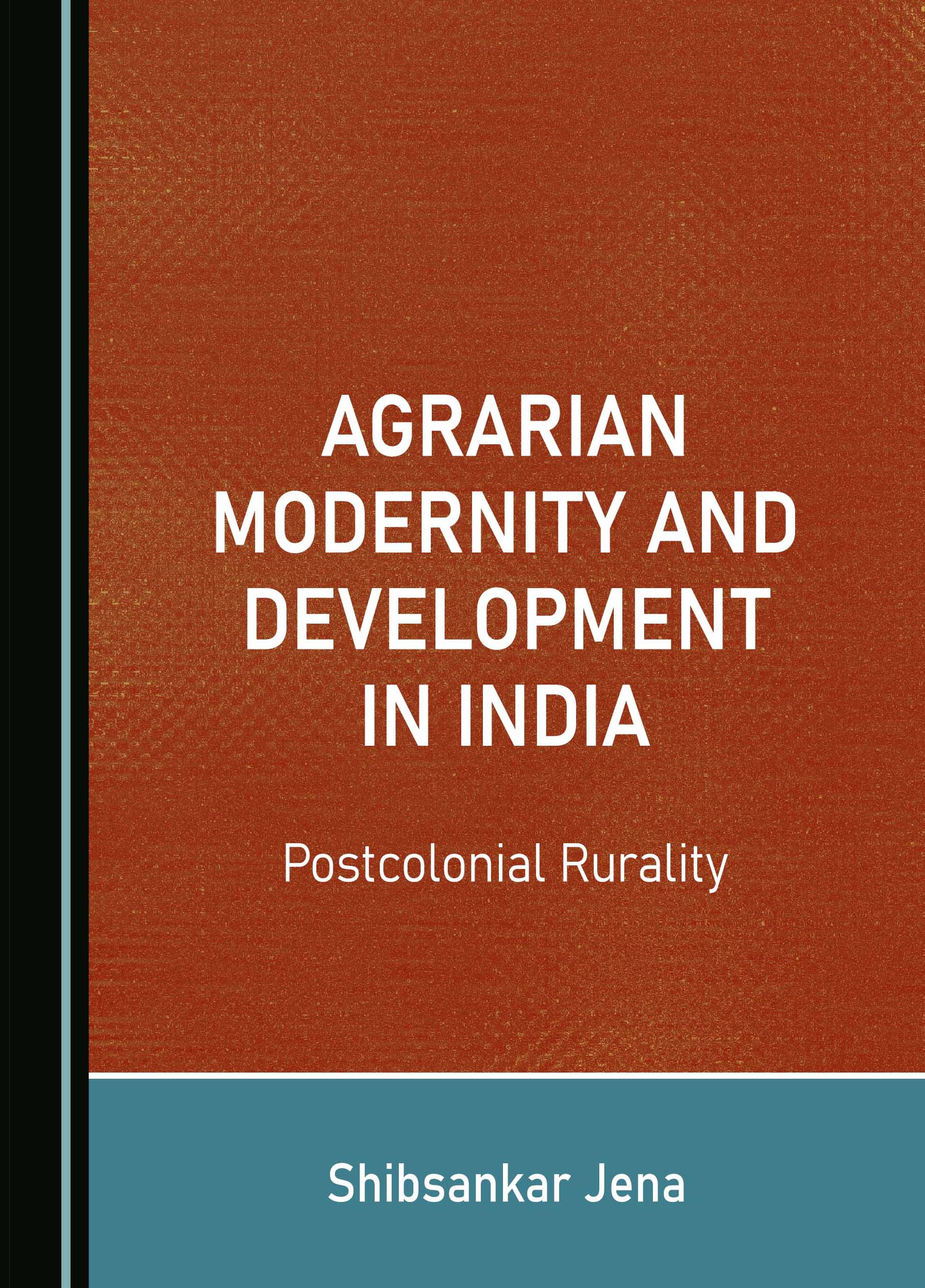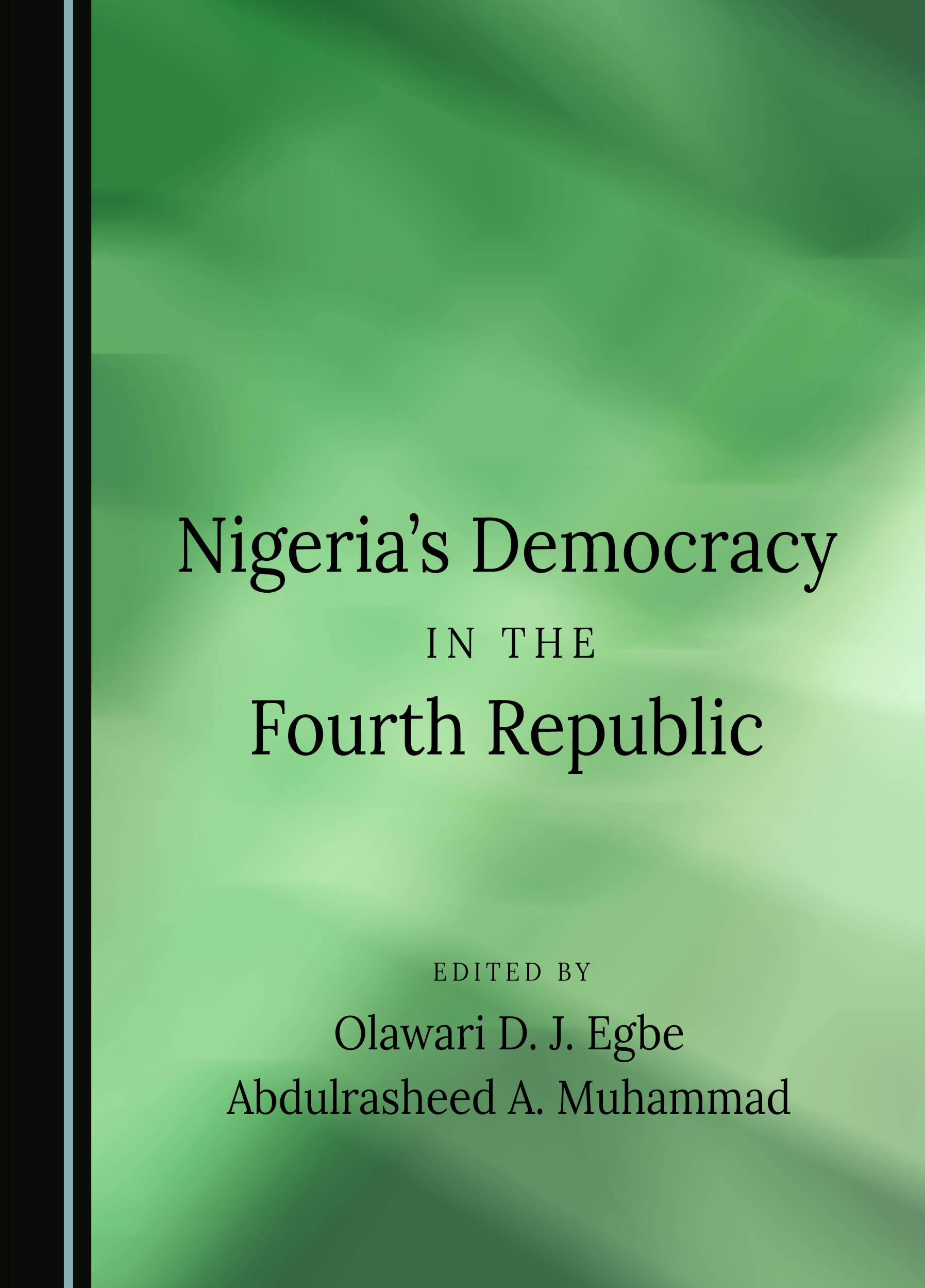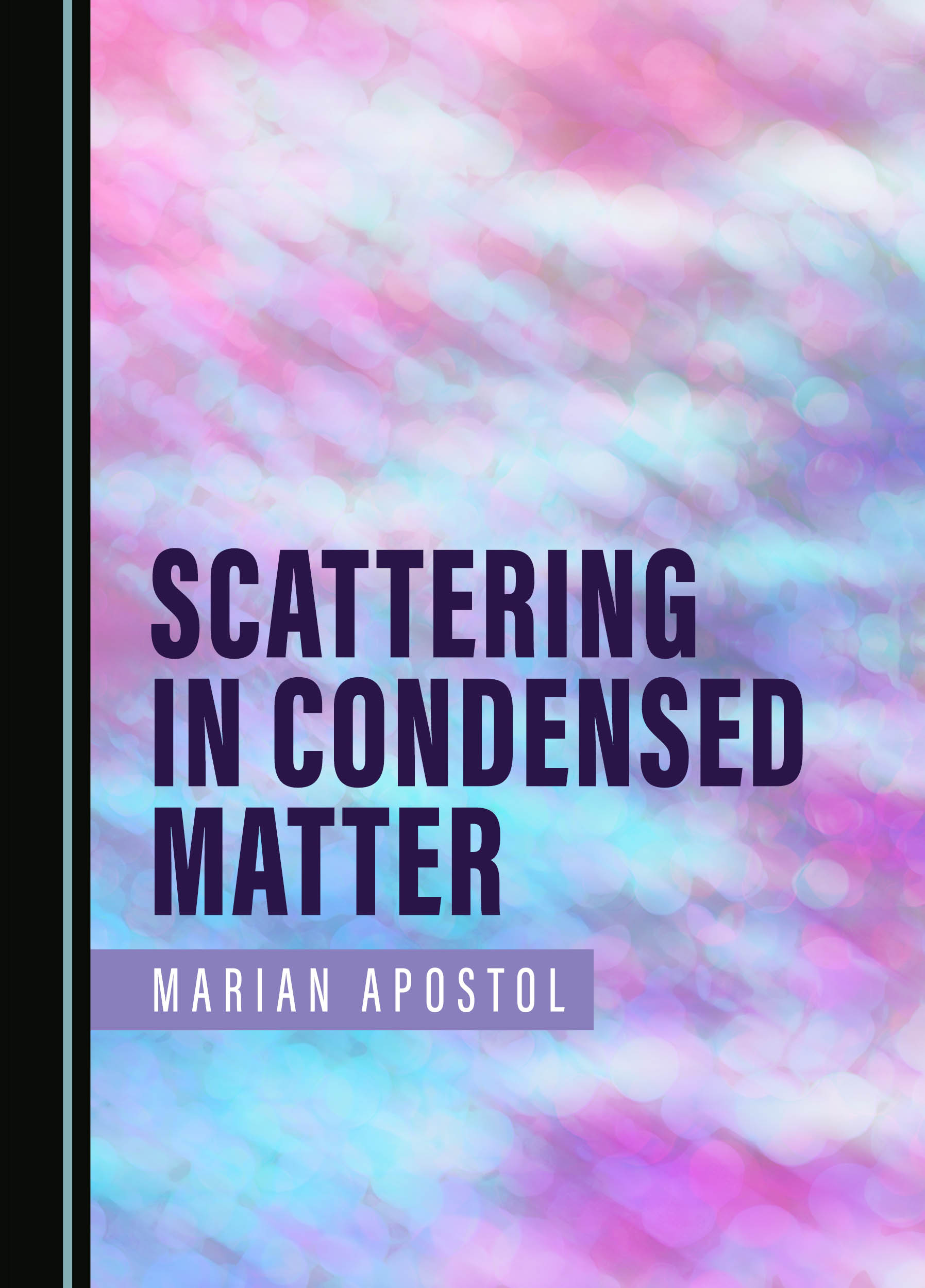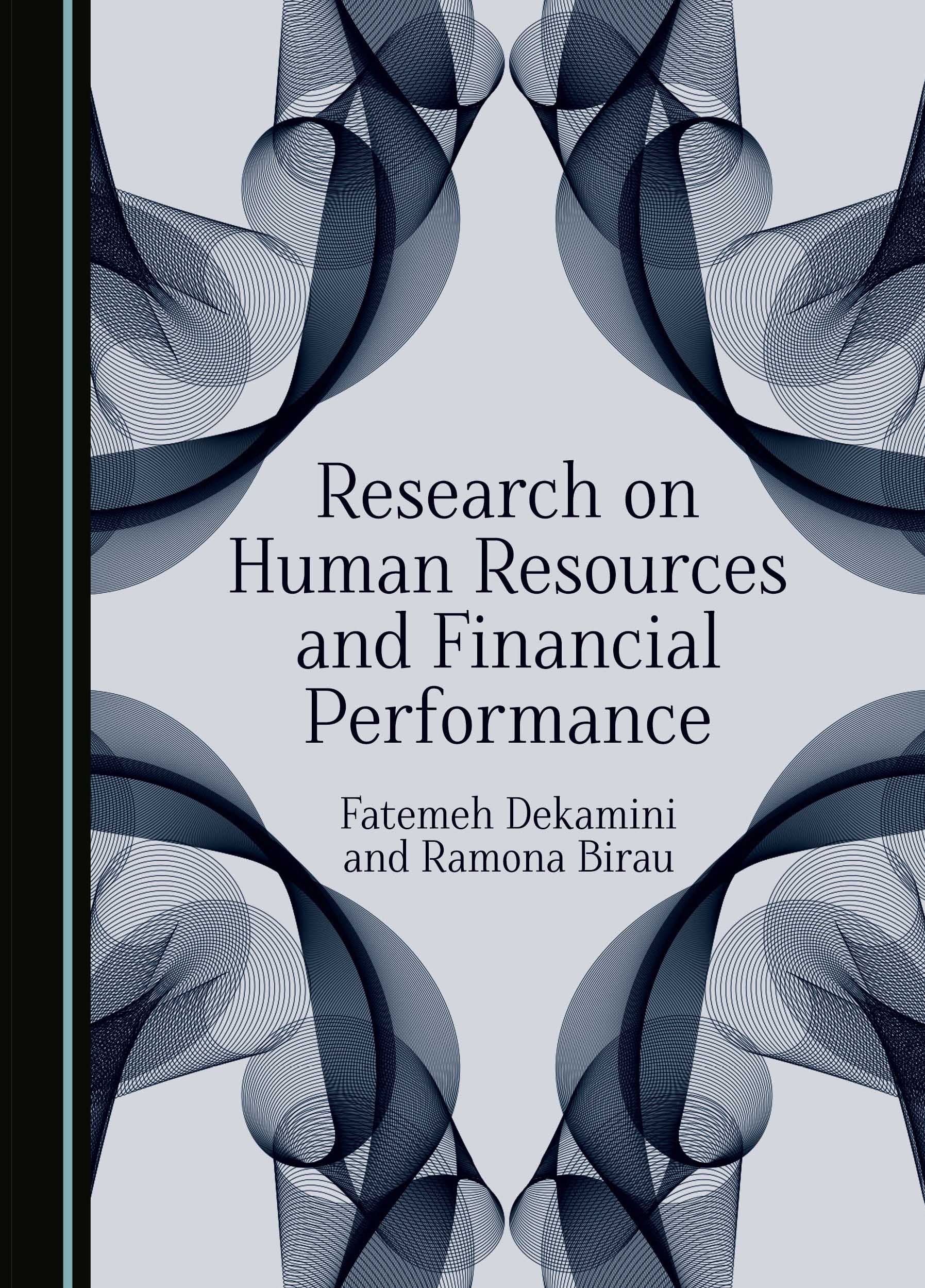Snakes, People, and Spirits, Volume Two: Traditional Eastern Africa in its Broader Context
This two-volume publication offers an in-depth analysis of ophidian symbolism in Eastern Africa, while setting the topic within its regional and historical context: namely, with regards to the rest of Africa, ancient Egypt and Mesopotamia, the Greek world, ancient Palestine, Arabia, India, and medieval and pre-Christian Europe. Through the ages, most of those areas have connected with Eastern Africa in a broad sense, where ophidian symbolism was as “rampant” and far-reaching, if not more so, as anywhere else on the continent, and perhaps in past civilisations. Much as in the wider context, snakes were held to be long-lived, closely related to holes, caverns, trees, and water, life and death, and credited with a liking for milk. Even though ophidian symbolism has always been developed out of the outstanding biological and ethological features of snakes, the process of symbolisation, which plays a crucial role in the elaboration of cultural systems and the shaping of human experience, was inevitably at work.
This second volume focuses on southern Abyssinia, an area of Eastern Africa latu senso where the connection between snakes and paramount religious leaders was especially far-reaching. Their clans were said to be the outcome of sexual encounters between a young woman and an ophidian. These leaders bred and fed snakes. Some of them buried dead snakes in their compounds. Their curse was likened to the bite of a deadly serpent. This volume is devoted to a few communities of southern Abyssinia, notably the Oromo, an important group that has fascinated European travellers, missionaries, and social science specialists over a period of 150 years. The rich Oromo ethnographic record lends itself to full-circle analysis. This volume represents a significant contribution to the study of the mysterious “snake priests” of the Oromo, Hoor, Konso, and Burji peoples.
In Eastern Africa, the meanings attributed to snakes were multifaceted and paradoxical. Overall, the two volumes of this publication show that African snake symbolism broadly echoed the diverse representations of ancient civilisations. The widely acknowledged assimilation of snakes to death and Evil is therefore unrepresentative, both historically and culturally.
Robert Hazel’s interest in Africa grew in the late 1960s and the early 1970s while he was a volunteer in Rwanda. His PhD dissertation in anthropology (1984) dealt with East African age-set systems as institutions marking out successive and contrasting stages of virility. Having completed his training in anthropology, he resumed his career in international development, mostly with regard to Sub-Saharan Africa. In 1996, he reactivated his documentary study of East Africa and the Horn of Africa as a non-affiliated researcher. He has published several articles in both French and English, often with a focus on regional or comparative ethnology, in seven different periodicals between 1978 and 2006, as well as a book on infibulation in the Horn of Africa co-authored with a Somali scholar (2007). In 2008, he undertook research on ophidian symbolism in Eastern Africa, a theme that had been initially explored in his doctoral dissertation.
“Overall, this cross-cultural examination of representations is a happy blend of anthropology and folklore. While addressing folk representations, it follows the anthropological tenet of contextualizing data in particular cultural settings. While establishing detailed regional profiles of snake symbolism, it maps the inner workings of analogical thinking. With commendable levelheadedness, the author describes the many variations on the cross-cultural profile of a sloughing animal akin to the ever-rejuvenating moon […] Fastidiously, this study shows how, across different times and places, the striking empirical traits of the snake have provided food for thought—the result being a polysemic image fit for expressing cyclic ontologies, including phenomena of metamorphosis and symbolic reversal. (‘Rainbow snake’ and ‘dragon’ are two well-known names for such potent figures of the imagination, pivotal in traditional world views.) […] Snakes, People, and Spirits is a meticulously researched and cogently argued treatise—its two volumes stand as a milestone in the comparative study of snake symbolism. It is my hope that this very readable contribution will inform and inspire further comparative research.”
Francisco Vaz da Silva
University Institute of Lisbon, Portugal; Folklore, 2020
Buy This Book









